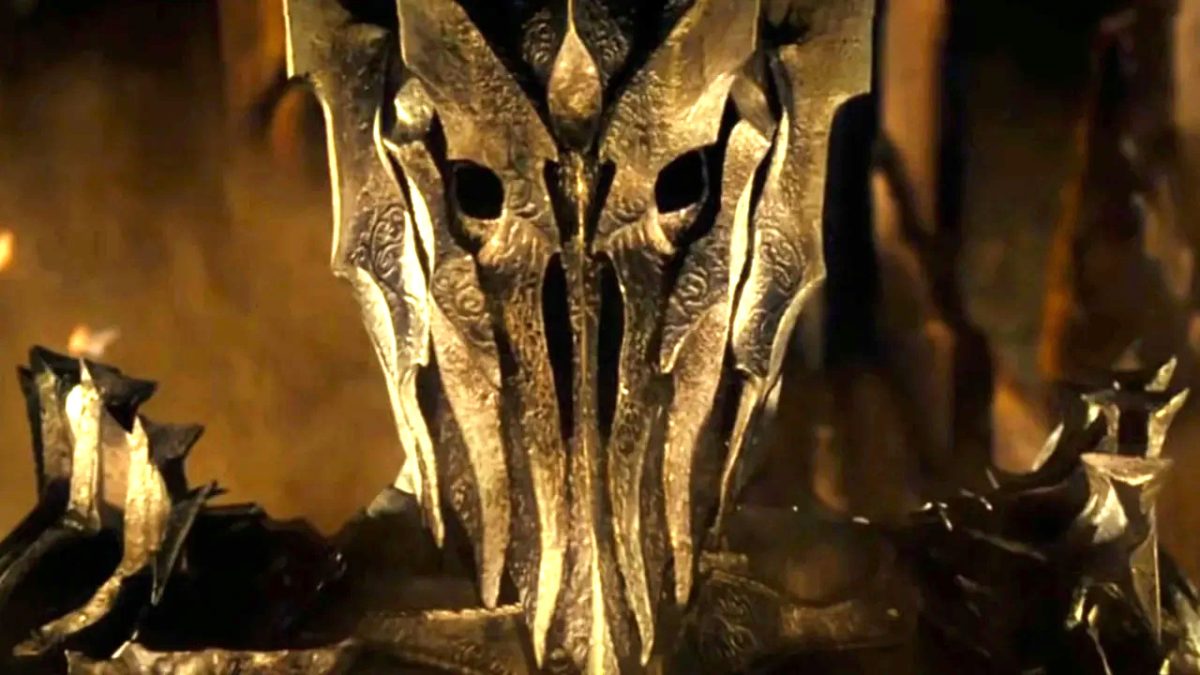6) The voice/non-voice of the Creator

My favorite formal choice Aronofsky makes is depicting the voice of the Creator not as a discernable human voice that speaks in plain language to his chosen people (portraying him as Morgan Freeman, to paraphrase several critics) but rather as an idea that asserts itself into people’s minds through dreams and visions. God was the original Inceptor. Sometimes this is brought about through holy hallucinogens—a delightful touch from the artist who gave us Requiem for a Dream—and sometimes simply through interpretation of nightly dreams, which is a common Hebrew Bible communication device, most famously in the story of Joseph. Others have also pointed out that the Hebrew word used in the text when God is described as speaking to Noah is more accurately defined in this vision-illuminating way, as there’s a more specific word for spoken instruction that could have been used and is not.
This unique voice of God is also beautifully employed as the voice of the movie itself, which opens with an introduction to the rather short history of humanity, which is around ten generations old at the time of Noah. The famous announcement by the Hebrew God in later stories as “the God of Abraham, Isaac and Jacob” becomes more suited for the time—visually, God’s voice is identified as the God of the Garden, of the Tree of Knowledge, of Adam and Eve, and Cain and Abel. The images of snake, fruit and weapon in succession becomes more than a leitmotif but a specific language indicating the voice of the divine. This seems far more dramatically effective than listening to George Burns.
Continue reading on the next page…






